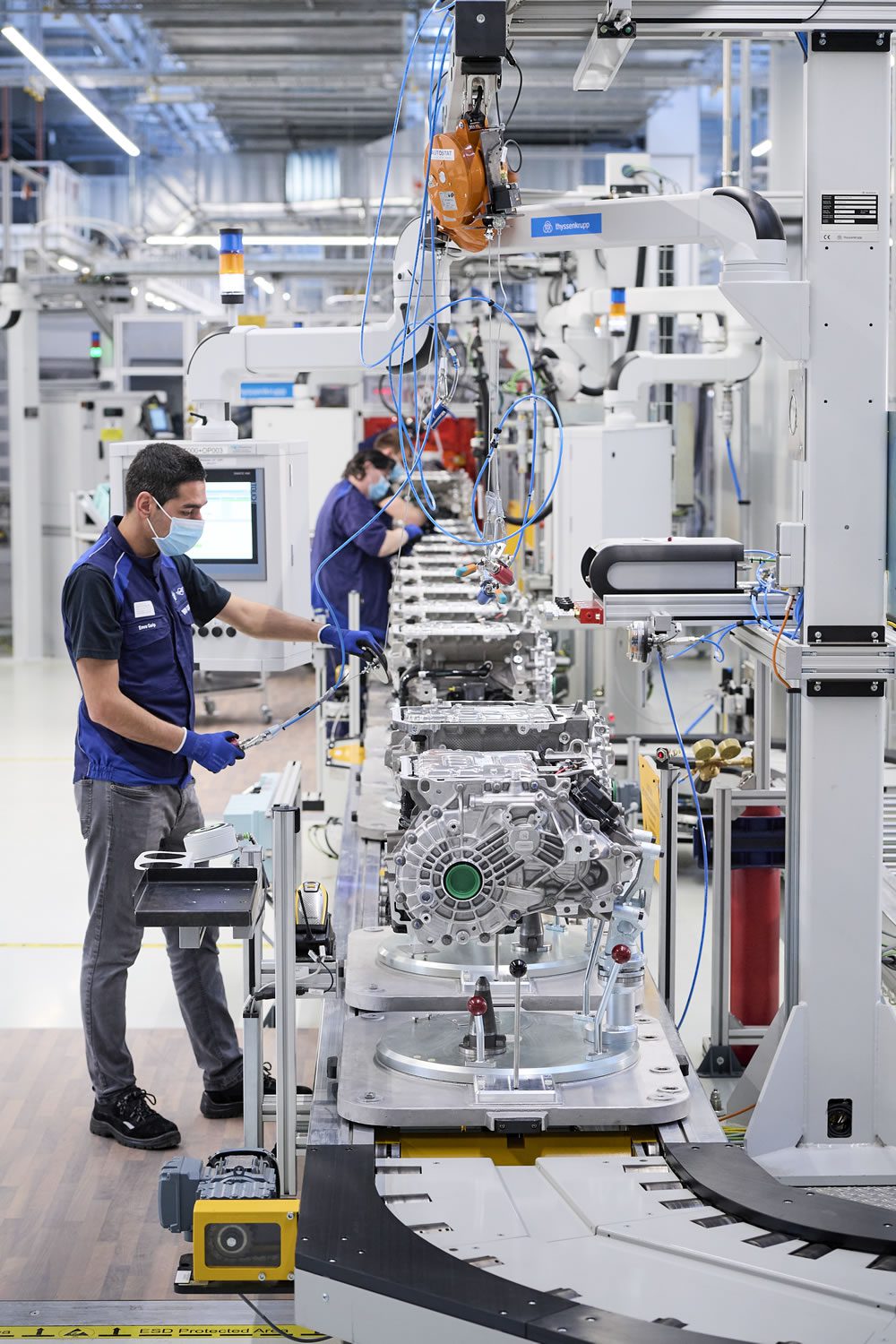Electric Vehicles Move into the Mainstream with New EV Battery Technologies
Improving EV battery technologies, expanding ranges, and growing charging networks are bringing electric automotive technologies into reach for more consumers, requiring development of new electronic connectors.
Battery electric vehicles (BEVs) are moving into the mainstream. This shift is led by government mandates like China’s goal to hit 26 million electric vehicles by 2030, and manufactures’ own initiatives, as North Americas and European automakers aggressively attempt to beat Tesla with models that aim to improve upon the performance and features that made Elon Musk’s design so successful. There is also increasing availability of fast-charging stations for EVs.

What is also interesting is the resurgence of plug-in hybrids (PHEV), as improvements in EV battery technologies seem to be pointing toward a 500-mile range for fully charged electric vehicles by 2030. It appears that PHEVs will become more popular due to this extended range. More than two million electric vehicles have been sold in the U.S., and electric vehicles are expected to account for one-fourth of the global market by 2025. As climate change becomes a more urgent concern, government incentives are expected to continue.

More than 120,000 people have placed a reservation to buy Ford’s 2022 F-150 Lightning Electric Truck, leading the automaker to double its planned production.
There are significant infrastructure issues to the growth in EVs. One is grid capacity. Akio Toyoda, president of Toyota, claimed that if all its vehicles were electric, it would use Japan’s entire electric grid. The U.S. has a complicated grid, connecting hundreds of state-level generating stations that run the gamut from wind and solar to nuclear, hydro, oil, and gas. A unified national approach will be necessary to satisfy EV charging demand on top of all other energy needs. This will play out over decades.

Research and development at Weber State University centers on Professor John Weber’s extensive EV lab, where students work with multiple teardowns of EVs and battery systems.
Another issue is self-driving technology. If all cars had it, accidents and injuries would plummet, and insurance rates could decline. In the meantime, there are still a lot of bad drivers out there. There is also downright hostility to EVs among people who are into internal combustion engines (ICEs) or whose livelihood depends on petroleum production.
For the connector industry, EVs represent an interesting market segment which could eventually replace its $25B ICE connector and cable market. New connector designs support applications in engine control, battery applications, entertainment, and autonomous driving. Battery electric connectors, cabling, sensors, and other applications require a host of high-reliability, high-speed, high-voltage solutions that can perform in the rugged automotive environment. Automotive is the largest connector market and will undergo a huge transformation as EVs expand.

BMW Group continues to expand manufacturing capacity at the Competence Centre for E-Drive Production in Dingolfing, Germany, where E-drive trains for 500,000 electrified vehicles per year will be produced beginning in 2022.
Finally, these observations:
- Electric vehicles have major advantages over ICE vehicles in simplicity, performance, operating cost, at-home “fill-ups,” and reliability.
- Current drawbacks are price and range, both of which are improving as battery technology comes down in price with volume.
- Lithium-ion battery offshoots are currently indicating significant improvements, but other technologies are developing, including graphene aluminum, which purportedly can support 60 times faster charging and longer range.
- Other battery advances are in the works.
- Reliance on China for BEV materials and recycling will wane as battery technology expands.
- EV technology will be perhaps the largest paradigm shift to occur in this century, not only for cars and trucks, but also many other applications. But like most sea changes, it will take years.
- Based on the impressive progress being made at auto manufacturers, that time could compress.
- For western economies, adoption of EV technology will be critical in competition with China.
- EV-specific connector and cable assemblies, along with value-added electronic components, present a new area of innovation that could impact markets beyond automotive applications.
Please subscribe to our weekly e-newsletters, follow us on LinkedIn, Twitter, and Facebook, and check out our eBook archives for more applicable, expert-informed connectivity content.
Like this article? Check out our other EVs and HEVs and Market Update articles, our Automotive and Wire and Cable Assemblies Market Pages, and our 2021 and 2020 Article Archives.
- Electric Vehicles Move into the Mainstream with New EV Battery Technologies - September 7, 2021
- The Dynamic Server Market Reflects Ongoing Innovation in Computing - June 1, 2021
- The Electronics Industry Starts to Ease Out of China - November 3, 2020





